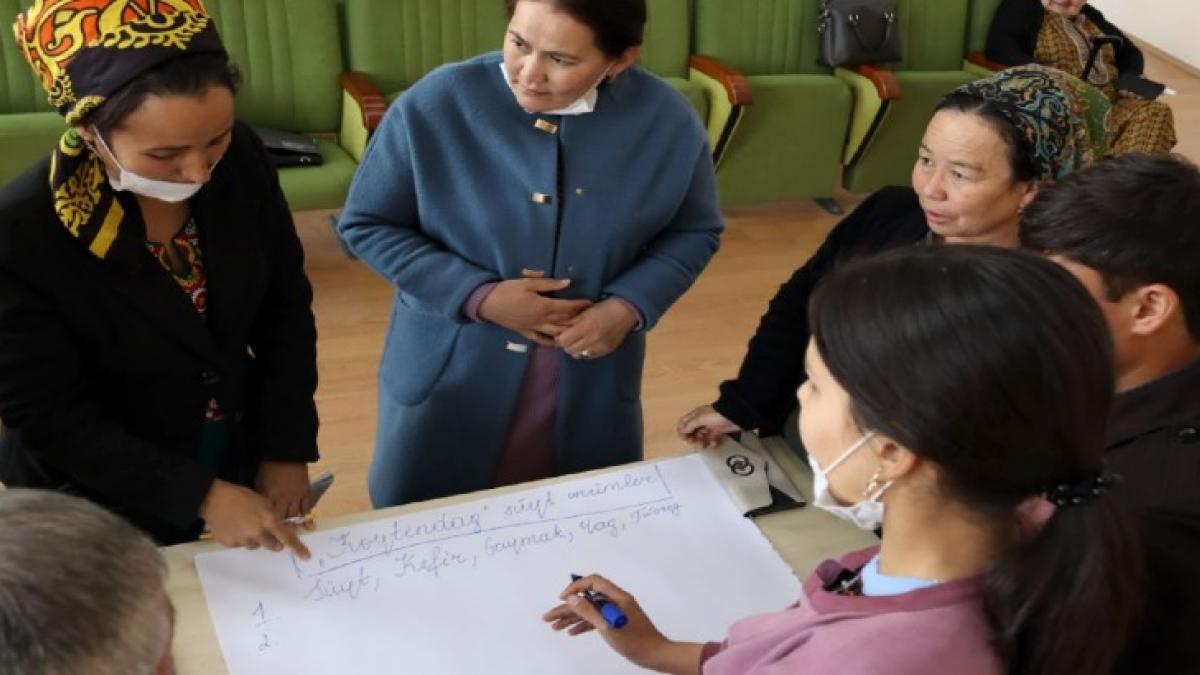USAID has developed resources, informational documents, and guidance for staff and implementing partners on planning, designing, and integrating anti-corruption efforts across our work. This page will be updated as additional resources are developed.

Policy
USAID’s Anti-Corruption Policy. This document sets forth our objectives for institutionalizing anti-corruption as a core Agency priority, in line with the U.S. Strategy on Countering Corruption and in partnership with the entire U.S. Government. The policy highlights USAID’s approach, priorities, and commitments to countering corruption across all sectors and in all regions in which we work.
Countering Corruption Across Sectors
- USAID Guide to Countering Corruption Across Sectors. As detailed in our 2022 USAID Anti-Corruption Policy (see above), and in line with the U.S. Strategy on Countering Corruption, USAID is transforming its work to address the inherently trans-sectoral nature of corruption. Deepening and accelerating integration of anti-corruption across sectors - both to further sectoral outcomes and to tackle corruption from multiple angles - is central to USAID’s anti-corruption agenda. This Guide seeks to articulate corruption issues across different USAID sectors and lines of effort, identify points of entry for addressing them, and build out programmatic options for integrating anti-corruption approaches and considerations across USAID’s portfolio. The accompanying sectoral handbooks describe in more detail the particular corruption risks, challenges and considerations within specific sectors, as well as programmatic options for addressing them.
- USAID’s Countering Corruption Through Social and Behavior Change. Drawing on lessons from a series of case studies from Guatemala, Malawi, Mexico, Moldova, and Tanzania, the reports outline how SBC approaches can be harnessed to influence decisions, norms, and behaviors around corruption and how social norm sensitivity and the use of social nudges might inform programming.
- Read the Executive Summary
- Read the full report
Countering Transnational and Strategic Corruption and Kleptocracy
- USAID’s Dekleptification Guide. This guide is a resource for USAID staff working in countries that face kleptocracy and strategic corruption, particularly countries whose courageous citizens open windows of opportunity for reform. It seeks to highlight the role of development work in countering strategic corruption and kleptocracy while uniting the international community to support frontline reformers who seize windows of opportunity to dismantle kleptocracy.
- Countering Transnational Corruption: State of Innovation Analysis. This report provides an overview of the current landscape for innovative tools, technologies, and approaches to counter transnational corruption, including existing solutions, barriers, gaps, and opportunities.
